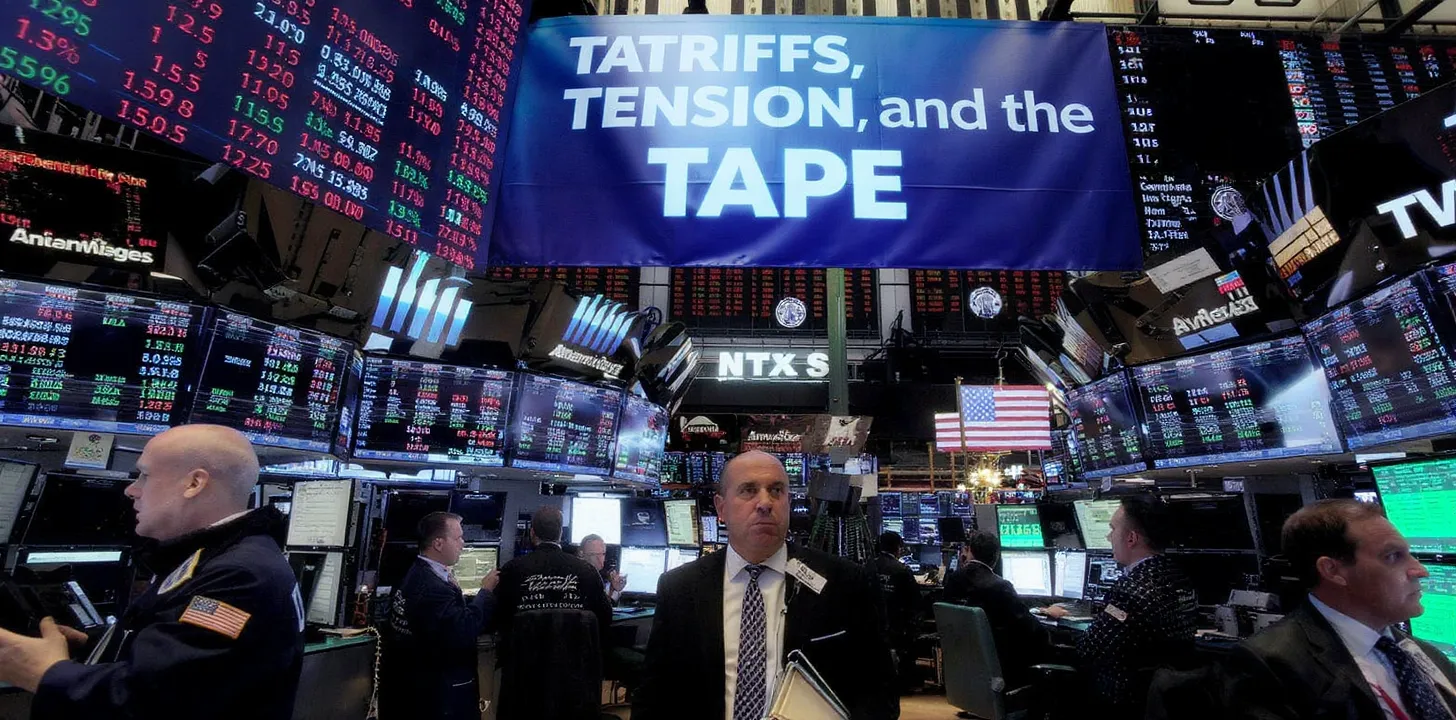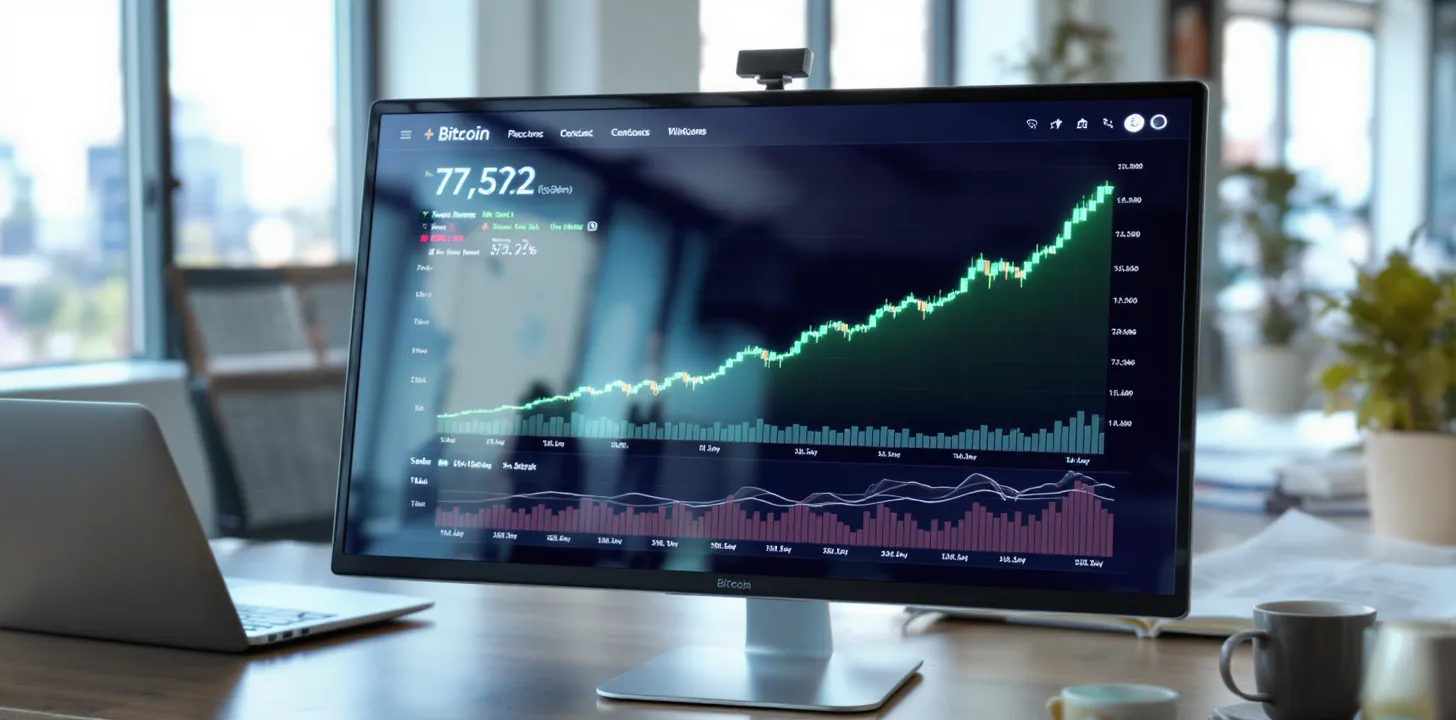Trend vs. Countertrend in Gold: A Macro–Geopolitical Map for 2025 and Beyond
Executive Summary
Gold trends are ultimately powered by macro liquidity, the U.S. dollar and real rates, reserve-manager flows, and geopolitical risk. Since 2022, a “regime blend” has emerged: even as real yields rose, gold rallied because central banks accumulated reserves and investors sought protection from geopolitical and fiscal uncertainty. For trading, this regime demands a dual lens: ride persistent macro-driven trends, but continuously scan for countertrend exhaustions in positioning, curve carry, and flow data.
1) Why Gold Trends Form
Historically, the inverse link between gold and real interest rates made intuitive sense: higher real yields raise gold’s opportunity cost. Over the past decade this was the dominant axis. Post-2022, however, that single-factor narrative weakened. Real rates have been positive and rising, yet gold pressed to records—because parallel forces (central-bank buying, geopolitical hedging, fiscal sustainability fears) added persistent demand. As a result, macro stress can now offset the drag from higher real rates, a key explanation for trend persistence.
2) Dollar, Real Yields, and the “Broken but Bending” Correlation
The U.S. dollar (DXY) and gold have long displayed a negative correlation because gold is dollar-priced and often functions as a dollar alternative. That inverse tendency still matters for tactical timing. But in this regime, heavy official-sector demand and geopolitical hedging can allow gold to trend even when the dollar is firm or when real yields are not falling, bending (not erasing) the historical relationships. Traders should still track DXY slope and 5y/10y TIPS real yields, but interpret them in context of flows.
3) Geopolitics: From “Event Risk” to Strategic Bid
Gold is a classic safe haven during acute shocks, but the more consequential driver recently is structural geopolitical risk: sanctions risk to FX reserves, escalating regional conflicts, and the broadening use of economic statecraft. The Geopolitical Risk Index (Caldara–Iacoviello) quantifies such tensions; historically, higher GPR dampens activity and pushes investors toward havens. In this environment, central banks—especially in emerging markets—have diversified reserves toward gold for sanction-resilience, creating a consistent underlying bid that reinforces trends.
4) The Reserve-Manager Flywheel
Central-bank purchases have been the backbone of the post-2022 bull trend. In 2024, official-sector net buying exceeded 1,000 tonnes for a third straight year, and industry trackers projected another strong year in 2025. For traders, the implication is asymmetric: downside tends to be met with steady accumulation, while upside extends if macro risks flare. This “flywheel” converts shocks into trend fuel.
5) Demand Mix & Seasonality: Jewelry, ETFs, and Asia’s Calendar
Trend strength also reflects the mix of buyers. Jewelry demand fell in 2024 as high prices hit affordability, yet value rose—evidence that price, not cultural demand, was the binding constraint. In 2025, ETF inflows and price appreciation lifted global gold ETF AUM to new highs, complementing official-sector demand. Meanwhile, Asia’s seasonality still swings physical flows: India’s festival/wedding calendar, and China’s Lunar New Year, typically tighten local markets and premiums. Price dips around these windows can catalyze countertrend bounces.
6) Microstructure: Futures Curve, GOFO, and Positioning
The term structure (contango vs. backwardation) encodes storage/financing costs and convenience yield. Backwardation often signals tight nearby supply or strong immediate demand; contango implies comfortable availability. Roll yield—the gain or drag from holding futures across rolls—can either reinforce a trend (positive carry in backwardation) or undermine it (negative carry in contango). Layer onto that the evolving forward/lease relationships (GOFO/lease rate identity) and speculative positioning (CFTC COT). Stretched non-commercial net longs paired with deteriorating carry are classic countertrend markers.
7) Building a Trend/Countertrend Dashboard
Create a composite “Trend Score” (TS) and “Countertrend Risk” (CR):
Macro engine: 12-week slopes of DXY and 10y TIPS real yield (negative DXY, falling real yields → higher TS).
Official-sector/ETF flows: 3-month change in central-bank net purchases and global ETF holdings (rising flows → higher TS).
Geopolitical pulse: Level/Δ of GPR index (rising → higher TS), plus qualitative escalation toggles.
Curve carry: Front-to-second COMEX spread (more backwardation → higher TS; deeper contango → higher CR).
Positioning heat: Z-score of non-commercial net length (extreme long → higher CR).
Use TS to size trend trades; use CR to throttle leverage, tighten stops, or harvest profits.
(Data anchors: World Gold Council for flows/holdings/locals; CFTC COT; CME for curve concepts; Fed/Caldara–Iacoviello for GPR.)
8) Countertrend Setups: When to Fade
Fades are higher-probability when three conditions cluster:
Flow fatigue: ETF inflows stall while price pushes higher (momentum–flow divergence).
Carry flips: The curve drifts toward contango and local Asia premiums narrow or flip to discounts, implying softer near-term demand.
Positioning extremes: Spec net longs at multi-quarter highs with rising real yields or a dollar rebound.
9) “What-If” Scenarios to Stress-Test Positions
What if real yields fall, but the dollar rallies? Flows decide. If ETF/official demand is firm, trend can persist; if flows are flat, expect choppier consolidation.
What if central banks pause buying? The trend’s “floor” weakens; re-weight the dashboard toward real yields and DXY signals.
What if geopolitical tensions ease sharply? Expect safe-haven premia to bleed out, especially if carry is negative and positioning is crowded.
10) Execution Playbook
Trend trades: Enter on pullbacks to rising 50/100-day means only when TS > threshold and carry favorable; trail with ATR stops.
Countertrend trades: Scale shorts only when CR is high and a trigger prints (e.g., daily close back below prior swing high with ETF/curve deterioration).
Risk: Vol-target position sizing and explicit max drawdown rules.
Bottom line: In the current regime, gold’s trend is a multi-engine aircraft. You can fly it longer than in prior cycles—but you must constantly monitor the engines (flows, curve, USD, real rates, geopolitics) for countertrend turbulence.



